July 19, 2024
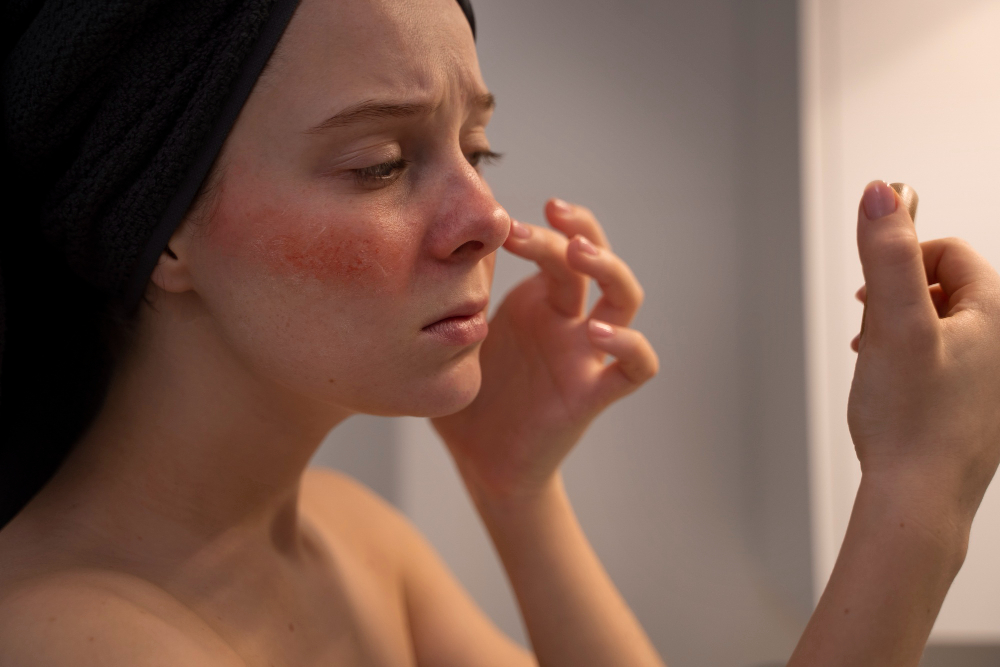
Skin conditions vary greatly in terms of symptoms, causes, and treatments. Some conditions cause temporary discomfort, while others can lead to long-lasting and serious complications. Here are some common skin diseases in adults:
1. Shingles (Herpes Zoster)
Early symptoms include red patches on the skin, which then progress to blisters accompanied by pain. Shingles cause burning, tingling, or extreme sensitivity. The rash typically lasts 7-10 days, but nerve pain may persist for months.
While recovery is possible, it can still result in prolonged pain, numbness, and itching. Treatment usually involves antiviral medications, pain relievers, and B vitamins. In cases of secondary infections, additional treatments may be required.
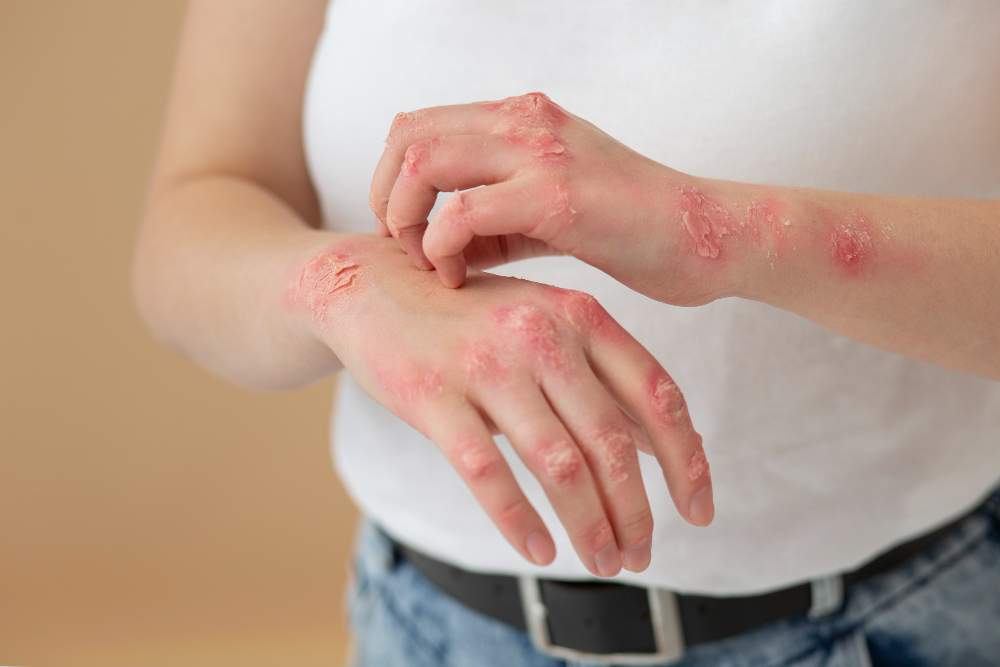
2. Hives (Urticaria)
Hives can be itchy and feel like stinging or burning. They vary in size and may merge into larger patches. Hives can appear anywhere on the body and last from minutes to days.
Causes include physical triggers like heat, infections like strep throat, viruses, and allergies to medications, foods, and additives. Antihistamines and topical creams can provide relief.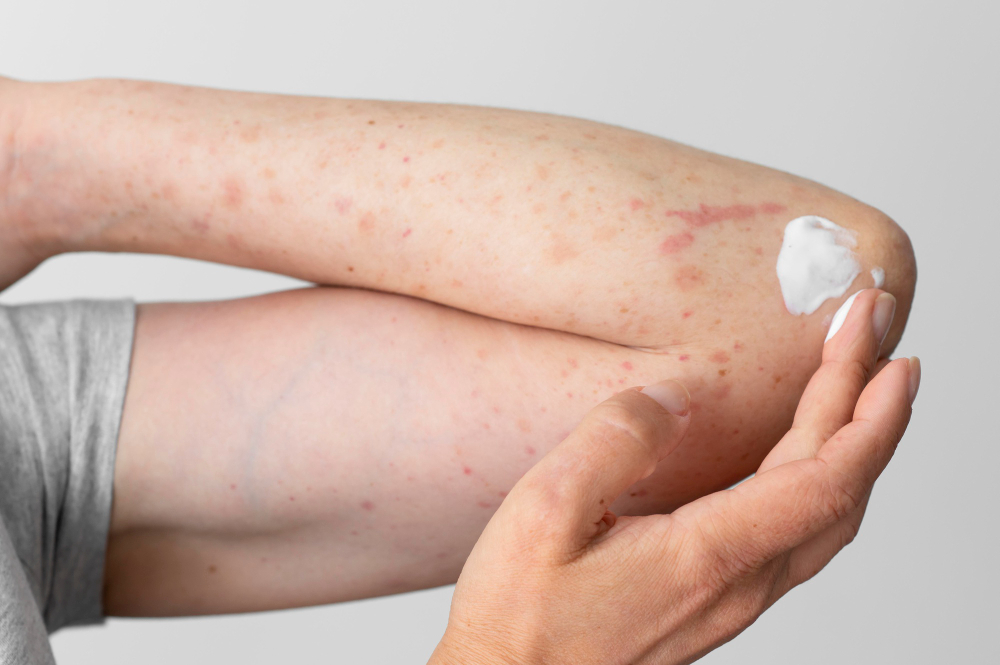
3. Psoriasis
Psoriasis is characterized by thick, red patches covered with white or silver scales. It results from an overactive immune system causing rapid skin cell growth. The exact cause is still unknown.
Patches often appear on the scalp, elbows, knees, and lower back. They may heal and recur at different times. Treatments include topical creams, light therapy, and oral or injected medications.
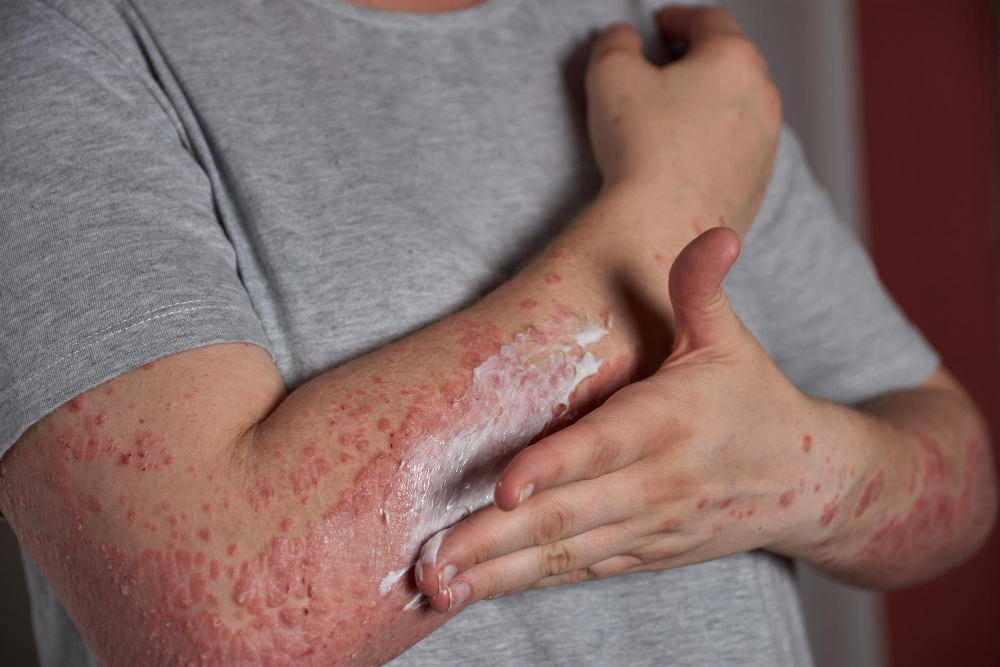
4. Eczema
Eczema refers to various non-infectious inflammatory skin conditions. Symptoms include red, dry, and itchy skin. It often has a genetic component and can be triggered by stress, irritants (like soap), allergens, and climate.
In adults, it usually appears on the elbows, hands, and skin folds. Treatments include topical applications, oral medications, or injections.

5. Rosacea
Rosacea causes redness and pimples on the nose, chin, cheeks, and forehead. It can worsen over time, with visible blood vessels and thicker skin. It can also affect the eyes. Treatments include oral and topical medications, and laser therapy for redness and thickened skin.
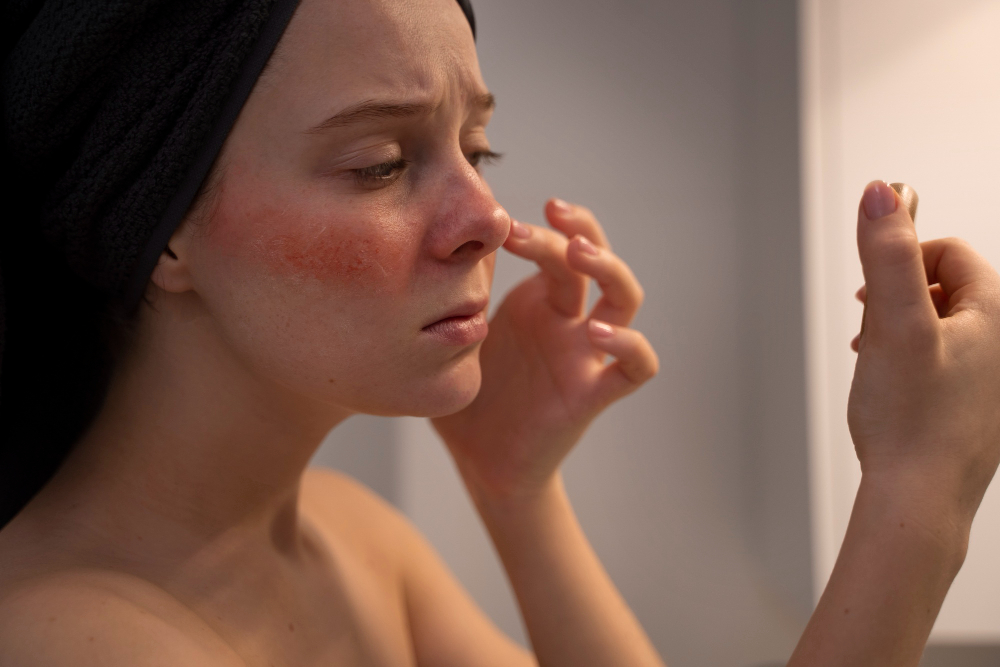
6. Poison Ivy Rash
Contact with oil from poison ivy, oak, or sumac causes red, swollen, and itchy rashes. Blisters appear 12 to 72 hours after contact and the rash usually lasts up to 2 weeks.
Relief includes over-the-counter or prescription medications. Severe rashes may require antibiotics. Learn to identify and avoid these plants.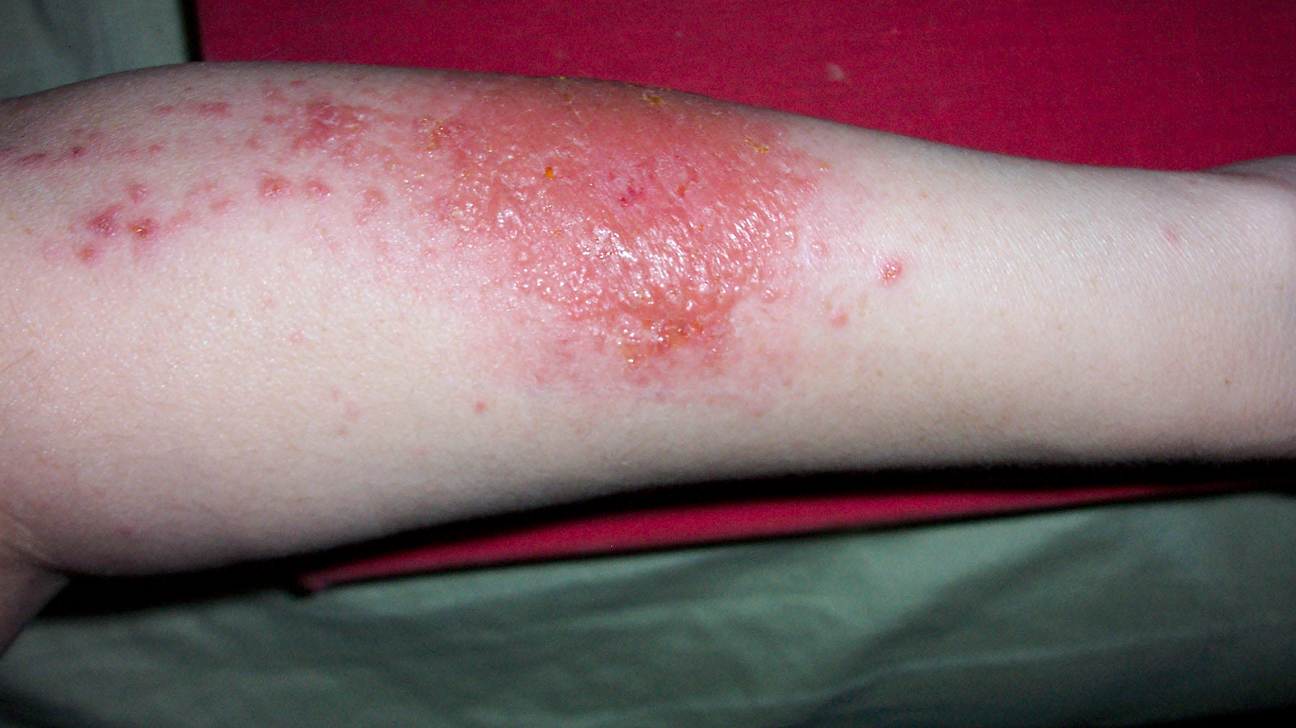
7. Razor Bumps
Razor bumps appear after shaving and can cause irritation, pimples, and scarring. Minimize them by shaving with warm water, following hair growth direction, and using shaving cream. Apply moisturizer afterward.
8. Skin Tags
Skin tags are small, flesh-colored or darker growths on the skin. Common on the neck, chest, back, armpits, under breasts, or groin, they are more frequent in women and the elderly.
They are harmless and painless unless irritated by clothing or nearby skin. Doctors can remove them via cutting, freezing, or burning.

9. Acne
Acne occurs when pores clog with oil and dead skin cells, causing inflammation. Types include blackheads and whiteheads. Bacteria and other irritants can exacerbate acne, often appearing on the face, chest, and back.
To manage acne, keep the skin clean and avoid picking at pimples to prevent infection and scarring.
10. Athlete's Foot
Athlete's foot causes peeling, redness, itching, and burning on the feet, sometimes with blisters and sores. It spreads through direct contact. Avoid sharing shoes and walking barefoot in communal areas.
Treatment involves antifungal creams. Severe cases may need prescription medication. Keep feet and shoes clean and dry.
11. Age Spots
Age spots, brown or gray, increase with age and sun exposure, commonly appearing on the face, hands, and arms.
Treatments include bleaching creams, peels, and light therapies. Consult a dermatologist to rule out melanoma, a type of skin cancer.

12. Pityriasis Rosea
Pityriasis rosea starts as a single pink, scaly patch with a raised border, spreading over weeks. It usually disappears in 6 to 8 weeks without treatment and commonly affects those aged 10 to 35.

13. Melasma (Pregnancy Mask)
Melasma causes brown patches on the cheeks, nose, forehead, and chin. Known as the "pregnancy mask," it affects half of pregnant women but can also occur in men. If it doesn't fade postpartum, treatments include prescription creams, over-the-counter products, or laser therapy. Sun exposure worsens melasma, so use SPF 30 sunscreen.

Related blog posts

Dermatology
The Growing Role of AI in Healthcare
Artificial Intelligence (AI) has become an integral part of modern life, with its influence growing rapidly, especially in healthcare.

Dermatology
Understanding Psoriasis: Causes, Symptoms, and Treatment Options
Psoriasis is a chronic autoimmune skin condition that affects millions of people worldwide.
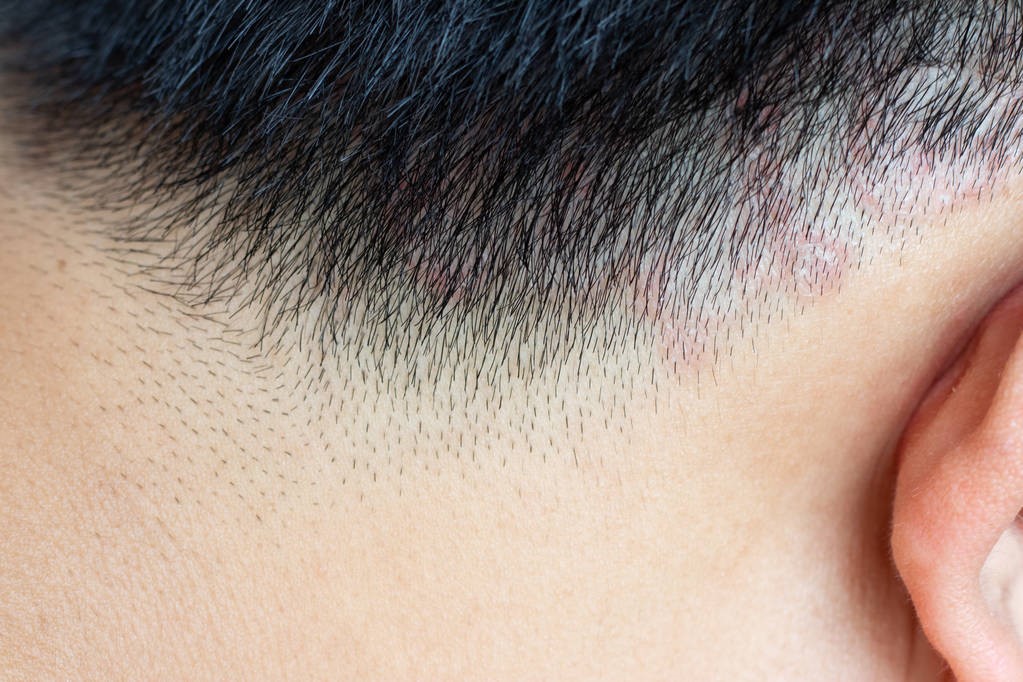
Dermatology
What is scalp ringworm?
Scalp ringworm is a fairly common skin condition. Let’s learn about scalp ringworm and how to treat it.